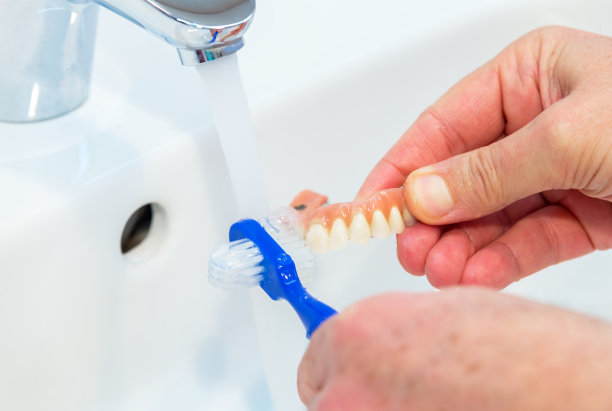Essential Precautions to Ensure a Safe and Effective Root Canal Treatment Procedure for Patients and Dentists
Summary: Root canal treatment is a vital dental procedure designed to save infected or damaged teeth. However, ensuring safety and effectiveness for both patients and dentists involves adhering to certain essential precautions. This article explores four critical areas: patient selection and education, rigorous sterilization protocols, effective pain management techniques, and post-treatment care instructions. Each of these aspects plays a significant role in achieving favorable outcomes and minimizing complications. With proper adherence to these precautions, the root canal procedure can be both a safe and successful experience, significantly improving patient satisfaction and overall dental health.
1. Patient Selection and Education

Choosing the right candidates for root canal treatment is one of the most effective ways to ensure success. Dentists need to thoroughly assess the patients dental and medical history to identify any risks that may complicate the procedure. Conditions such as uncontrolled diabetes, heart disease, or immunocompromised states can increase the chance of complications, and alternative treatment options may need to be considered.
Education is equally important in this context. Patients should be provided with comprehensive information about the procedure, its benefits, and potential risks. By understanding what to expect, patients are likely to be more cooperative and relaxed during the procedure, which contributes to a more efficient and effective treatment process.
Furthermore, dentists should encourage patients to ask questions. Open communication helps address any concerns that may arise before the procedure, allowing the dentist to tailor the treatment plan according to the patients specific needs and fears.
2. Rigorous Sterilization Protocols
To mitigate the risk of infection during root canal treatment, dentists must adhere to strict sterilization protocols. This involves using autoclaved instruments, single-use disposables, and adhering to infection control guidelines set forth by dental authorities. A clean working environment is essential, and this includes rigorous disinfection of surfaces and equipment before and after each procedure.
Moreover, ensuring proper hand hygiene can significantly reduce the chance of cross-contamination. Dentists and their staff should be trained in the importance of sanitizing hands before and after treating patients. Using personal protective equipment such as gloves, masks, and face shields further safeguards both the patient and the dentist against potential pathogens.
In addition to these measures, regular training sessions should be conducted to keep the dental team updated on the latest infection control practices. With a consistently maintained standard of hygiene, the safety of root canal procedures is greatly heightened.
3. Effective Pain Management Techniques
Management of pain during and after the root canal procedure is crucial for patient satisfaction. Prior to the treatment, dentists should discuss options for local anesthesia, ensuring that the chosen method will effectively numb the area to be treated. Patients may have varying levels of pain tolerance, so customization of anesthesia dosage is important to achieve the desired effect.
Post-operative pain is another aspect that requires attention. Its critical for dentists to inform patients about what to expect following the procedure. Providing prescriptions for pain relief medication can offer reassurance, ensuring that patients know they have help available if they experience discomfort at home.
Additionally, utilizing non-pharmacological pain management techniques, such as guided relaxation or distraction methods, may offer additional benefits. Dentists can encourage patients to practice deep breathing or visualization techniques during the treatment, effectively improving their overall experience and minimizing stress.
4. Comprehensive Post-Treatment Care Instructions
After the root canal procedure, clear and concise post-treatment care instructions play an essential role in promoting healing and preventing complications. Dentists should provide detailed guidelines on what to do immediately following the treatment, including recommendations on diet, medication regimens, and necessary follow-up appointments.
Patients should also be educated regarding signs of complications, such as unusual pain or swelling that persists beyond a few days. Instructing them when to seek further care can prevent minor issues from escalating into serious problems.
Finally, encouraging patients to maintain good oral hygiene practices post-treatment is imperative. Regular brushing and flossing, coupled with routine dental visits, ensure the continued health of the treated tooth and surrounding structures, ultimately achieving long-term success.
Summary:
In conclusion, ensuring the safety and efficacy of root canal treatments requires careful attention to various essential precautions. From proper patient selection and education to rigorous sterilization protocols, effective pain management, and comprehensive post-treatment care, dentists have the ability to significantly enhance the treatment experience for their patients. By implementing these strategies, dental professionals can not only safeguard patient health but also improve overall treatment outcomes.
This article is compiled by Vickong Dental and the content is for reference only.


